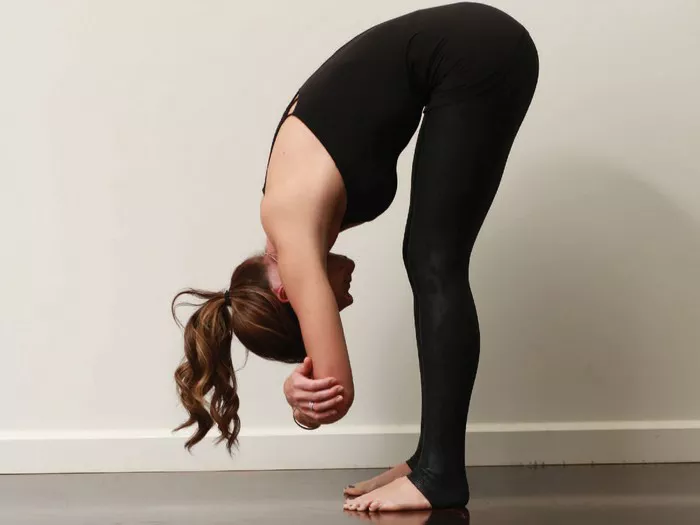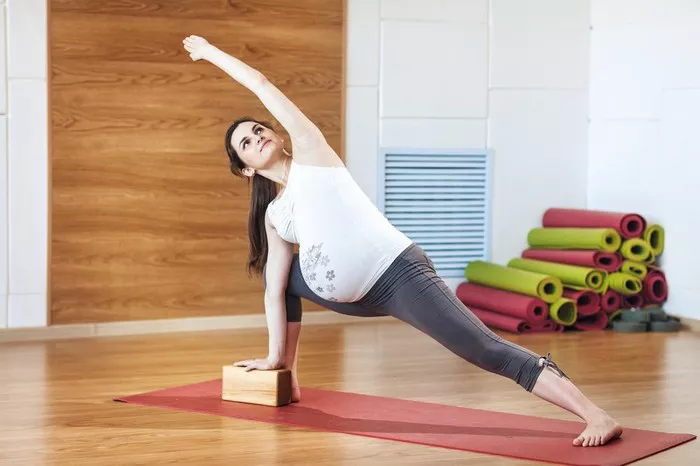Yoga has long been hailed for its numerous benefits, from improving flexibility and strength to reducing stress and anxiety. However, one question that often arises is whether practicing yoga before bed is a good idea. While many tout the benefits of a bedtime yoga routine for promoting relaxation and better sleep, others raise concerns about its potential impact on sleep quality and overall health. In this article, we delve into the topic of yoga before bed, exploring both its potential benefits and drawbacks.
Understanding the Effects of Yoga on the Body and Mind
Before delving into whether yoga before bed is beneficial, it’s essential to understand how yoga affects the body and mind. Yoga encompasses a variety of practices, including physical postures (asanas), breathing exercises (pranayama), and meditation. When practiced regularly, yoga has been shown to improve flexibility, strength, and balance, while also promoting relaxation and stress reduction.
One of the key benefits of yoga is its ability to activate the body’s relaxation response. Through deep breathing, mindful movement, and focused attention, yoga helps calm the nervous system, reducing levels of stress hormones such as cortisol. This can have a profound impact on both physical and mental well-being, making it an appealing practice for many, especially before bedtime.
The Potential Benefits of Yoga Before Bed
Advocates of bedtime yoga often cite its potential benefits for improving sleep quality and promoting relaxation. Here are some reasons why incorporating yoga into your bedtime routine may be beneficial:
Stress Reduction: Yoga has been shown to reduce stress and promote relaxation, making it an ideal practice for winding down before bed. By focusing on the breath and moving mindfully through gentle stretches, you can help calm the mind and prepare the body for sleep.
Improved Sleep Quality: Studies have suggested that yoga may improve sleep quality by reducing insomnia symptoms and enhancing overall sleep satisfaction. Practices such as restorative yoga, which involves passive stretching and supported poses, can be particularly effective for promoting deep relaxation and better sleep.
Muscle Relaxation: Many people carry tension in their bodies, particularly in areas like the neck, shoulders, and lower back. Bedtime yoga can help release muscular tension, allowing the body to relax more fully and promoting a deeper state of rest.
Mindfulness and Awareness: Engaging in a bedtime yoga practice can cultivate mindfulness and present-moment awareness, helping to quiet the mind and alleviate racing thoughts that may interfere with sleep. By focusing on the sensations of the body and the rhythm of the breath, you can create a sense of calm and ease before bedtime.
Improved Circulation: Certain yoga poses can help improve circulation throughout the body, which may contribute to a sense of relaxation and overall well-being. Gentle inversions, such as legs-up-the-wall pose, can help facilitate blood flow back to the heart and reduce swelling in the legs and feet, promoting a sense of lightness and ease.
The Potential Drawbacks of Yoga Before Bed
While bedtime yoga offers many potential benefits, there are also some considerations to keep in mind. Here are a few potential drawbacks to practicing yoga before bed:
Stimulation vs. Relaxation: Depending on the type of yoga practice you choose, it’s possible that certain poses or sequences could be stimulating rather than relaxing. Practices that involve vigorous movement or intense stretching may increase heart rate and energy levels, making it difficult to wind down and prepare for sleep.
Timing and Digestion: Practicing yoga too soon after eating can be uncomfortable and may interfere with digestion, potentially leading to sleep disturbances. It’s generally recommended to wait at least 2-3 hours after a meal before engaging in a yoga practice, particularly one that involves lying down or inverted poses.
Overstimulation of the Mind: For some individuals, engaging in any type of stimulating activity before bed, including yoga, may exacerbate insomnia or make it difficult to quiet the mind. If you tend to be sensitive to stimulation in the evening, it may be best to opt for a more gentle and restorative yoga practice earlier in the day.
Physical Limitations: It’s important to listen to your body and honor its limitations, especially when practicing yoga before bed. Certain poses may not be suitable for everyone, particularly those with pre-existing injuries or medical conditions. If you experience any pain or discomfort during your practice, it’s essential to modify or avoid poses as needed to prevent injury.
Tips for Incorporating Bedtime Yoga into Your Routine
If you’re interested in trying bedtime yoga for yourself, here are some tips to help you get started:
Choose Gentle, Restorative Poses: Opt for gentle, restorative yoga poses that promote relaxation and release tension in the body. Poses such as child’s pose, seated forward fold, and reclining butterfly pose are excellent choices for bedtime practice.
Focus on the Breath: Pay attention to your breath throughout your practice, using slow, deep breathing to calm the nervous system and quiet the mind. You can incorporate simple breathing exercises, such as diaphragmatic breathing or alternate nostril breathing, to enhance relaxation.
Create a Calming Environment: Set the stage for relaxation by creating a calming environment in your bedroom. Dim the lights, light a candle or diffuse essential oils, and play soft, soothing music to help create a peaceful atmosphere conducive to sleep.
Limit Screen Time: Minimize exposure to screens and electronic devices in the hour leading up to bedtime, as the blue light emitted by screens can interfere with melatonin production and disrupt sleep patterns. Instead, engage in quiet activities such as reading, journaling, or gentle stretching to prepare your body and mind for sleep.
Listen to Your Body: Above all, listen to your body and honor its needs. If a particular pose or sequence doesn’t feel right for you, don’t force it. Instead, modify or skip the pose altogether and focus on what feels nourishing and supportive for your body in the present moment.
Conclusion
In conclusion, practicing yoga before bed can be a beneficial way to promote relaxation, reduce stress, and prepare the body and mind for sleep. By incorporating gentle, restorative poses and focusing on the breath, you can create a bedtime yoga routine that supports better sleep quality and overall well-being. However, it’s essential to be mindful of your individual needs and limitations, as well as any potential drawbacks or contraindications. With a mindful and balanced approach, bedtime yoga can be a valuable tool for improving sleep and enhancing overall health and vitality.

















